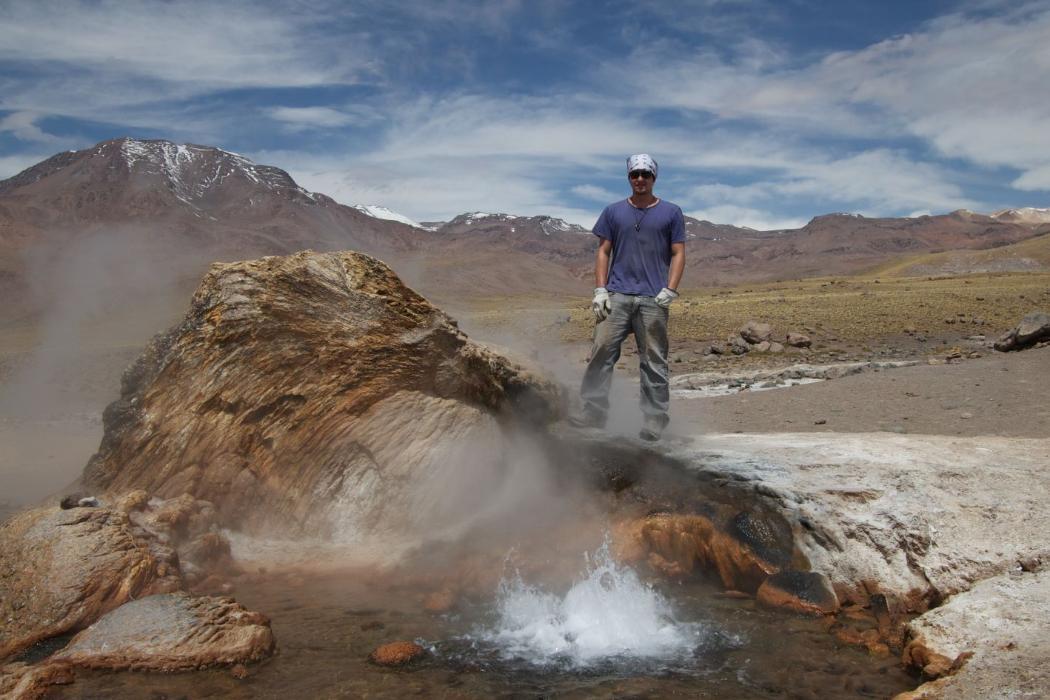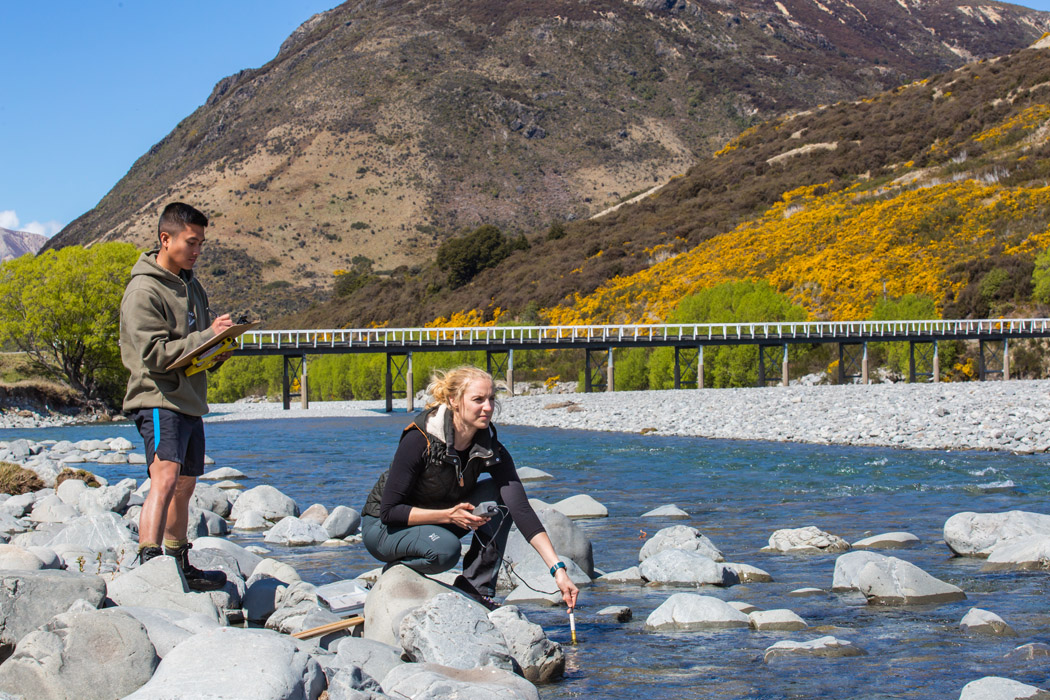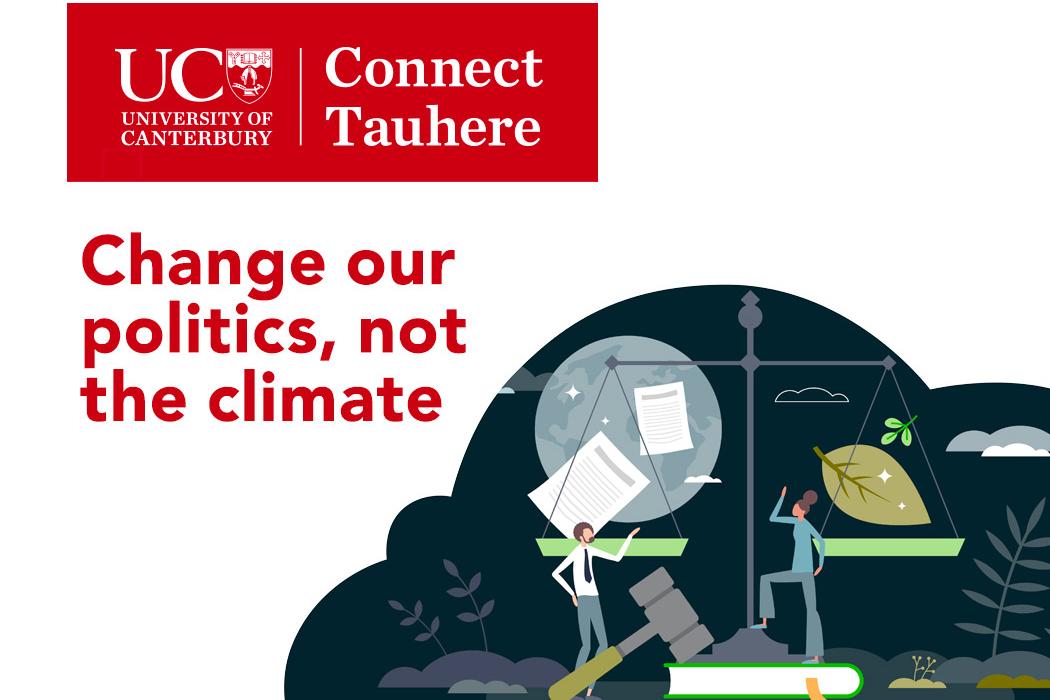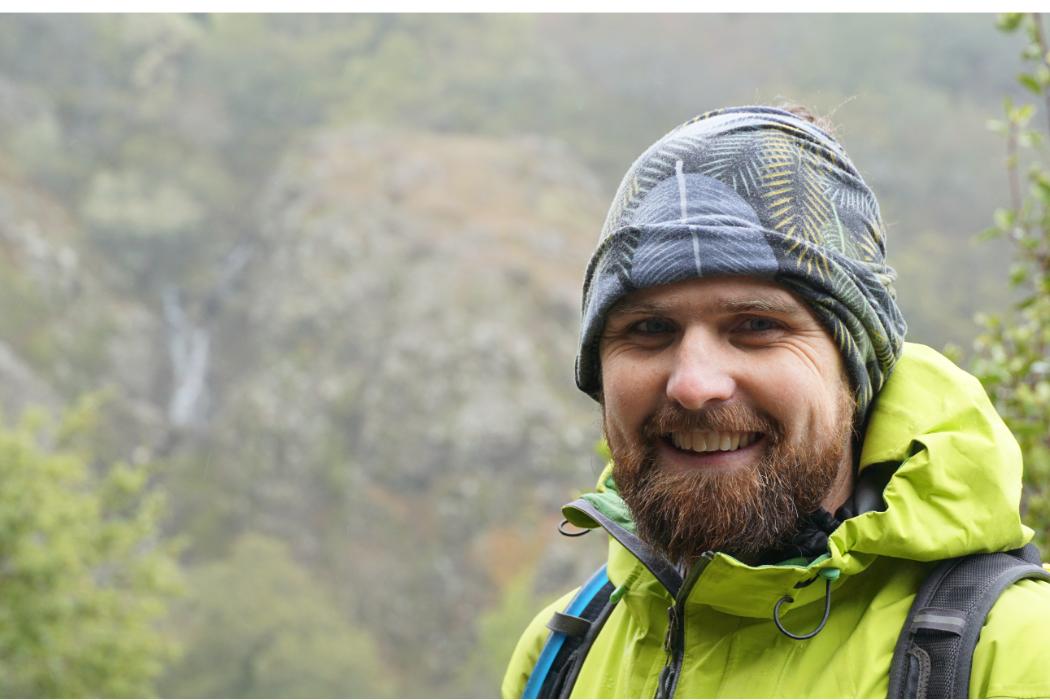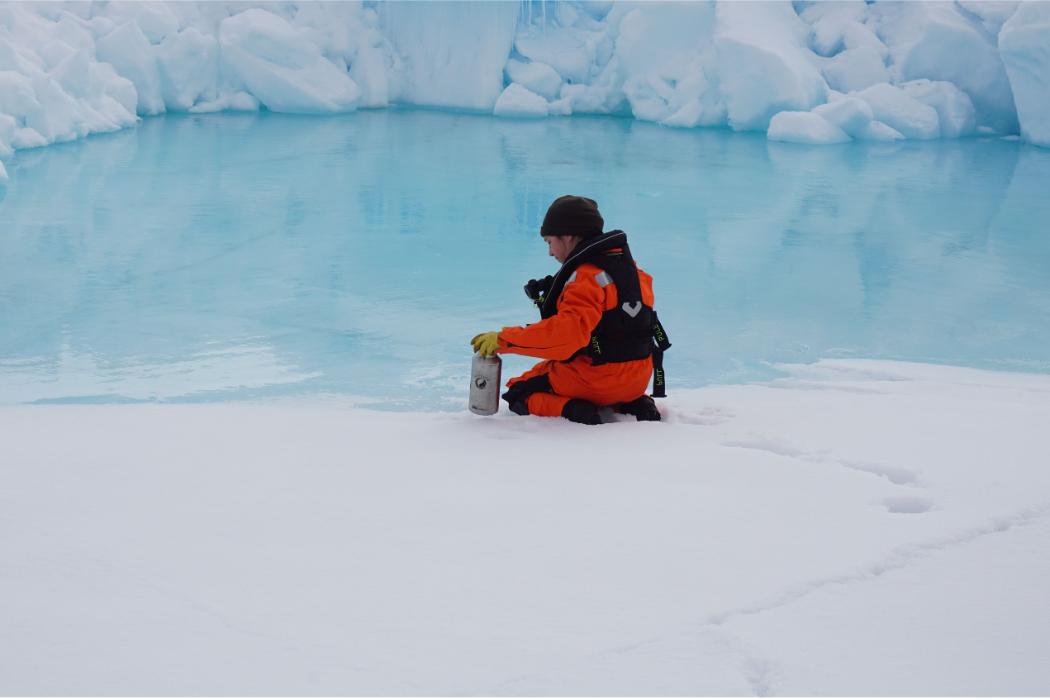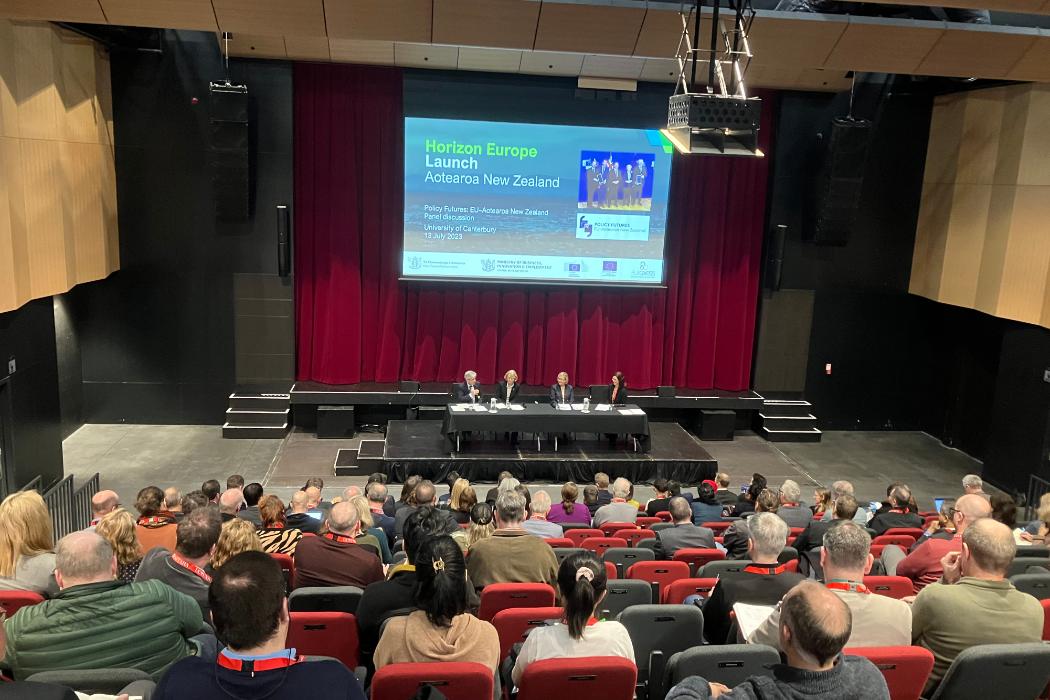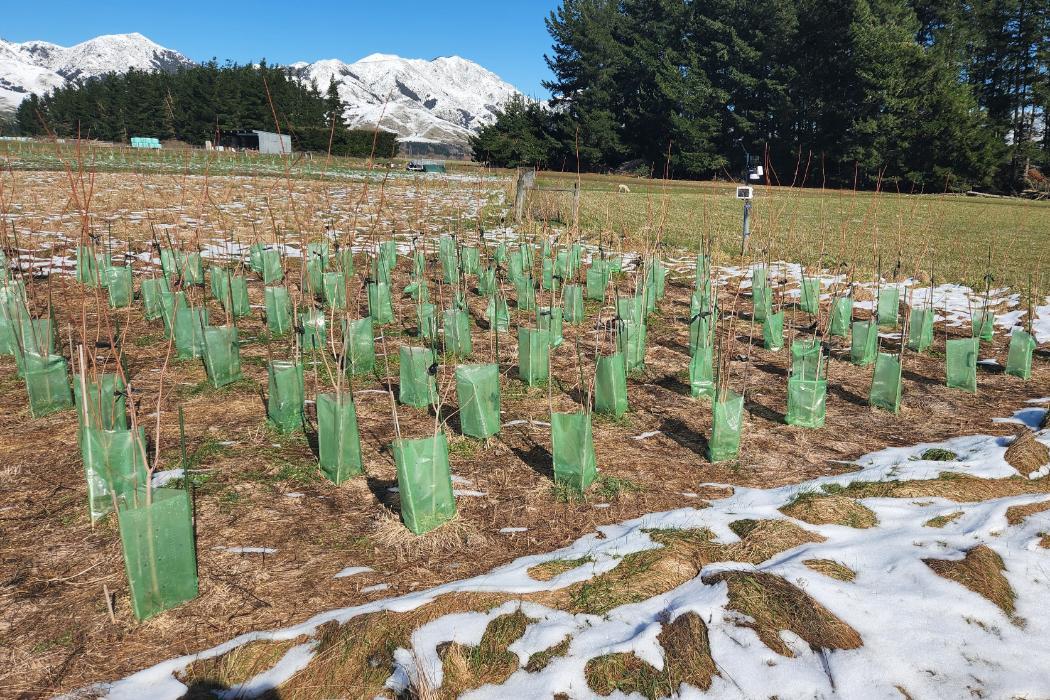University of Canterbury | Te Whare Wānanga o Waitaha (UC) Post-Doctoral Fellow Alberto Ardid wants to understand the different ways that geothermal fields in New Zealand can become unstable and how we can spot imminent threats.
Geothermal energy is extracted from heat deep beneath the Earth’s surface. Because it sits over the boundaries of two active tectonic plates, New Zealand has a number of geothermal areas, especially in the Taupō and Kawerau regions.
Geothermal fields are used for energy generation, however small earthquakes or hydrothermal eruptions could threaten that energy production.
Dr Ardid, from UC’s Department of Civil and Natural Resources Engineering, is part of a research team that was recently awarded a five-year Ministry of Business Innovation and Employment Endeavour Fund grant to develop systems that can anticipate geothermal instability.
To do this, Dr Ardid is harnessing insights from data collected from geyser eruptions in Yellowstone National Park (USA). “Yellowstone geysers have seismic records over covering more than 10 years and these have captured hundreds of eruptions. We use machine learning to spot hidden patterns that occur before the eruptions then transfer these into models tailored to New Zealand geothermal systems,” Dr Ardid says.
Transfer machine learning allows researchers to look at instability in geothermal settings around the world, like Yellowstone, and then ask how these findings might apply in New Zealand. The goal of the research is to provide new monitoring systems for the geothermal industry to help reduce risks to people or harm to the land resulting from small hydrothermal eruptions or earthquakes triggered by geothermal activity.
“It's all about understanding the different ways that geothermal systems can become unstable - one of the classic examples is a geothermal geyser, which oscillates between stable and unstable states,” Dr Ardid says. “We’ll be using methods to classify, detect and forecast this instability that we had originally developed to study volcanic eruptions at Whakaari-White Island and Ruapehu”.
Dr David Dempsey, who oversees the research, says the aim is to help New Zealand’s geothermal industry adapt to future hazards environmental changes caused by humans, and climate-change mitigation strategies like carbon sequestration.
“New Zealand’s geothermal industry has an enormous role to play in Aotearoa’s low carbon future, but we need to be alert to new hazards and be prepared to mitigate them,” says Dr Dempsey.
Dr Dempsey hopes this research will power new hazard models in New Zealand’s renewable energy sector and hopefully be used internationally.
Read more stories about how University of Canterbury researchers are contributing to Aotearoa New Zealand reaching its energy goals by 2050.
